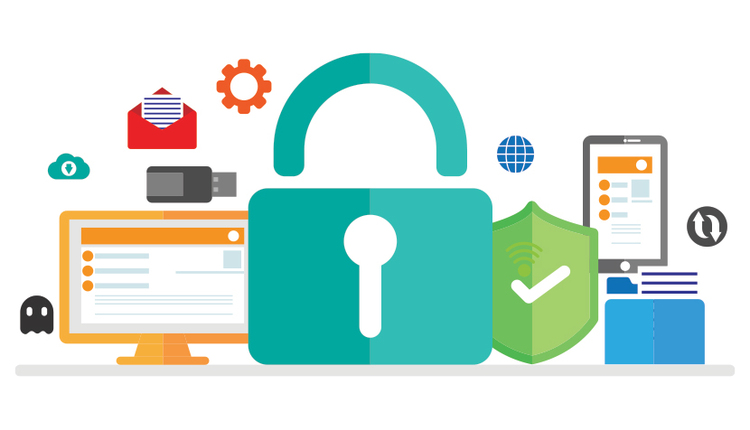As e-discovery confidence and satisfaction rates bump along at alarmingly low rates, recent vendor announcements point to an ongoing consolidation trend in the highly fragmented e-discovery market. In June 2010, Autonomy announced its intent to acquire CA Technologies' Information Governance business. The same month, digital forensics and e-discovery provider AccessData and Wolters Kluwer subsidiary CT Summation publicized plans to form a new single company, AccessData Group. Both of these deals are relatively small but bring attention to the importance of understanding vendor capabilities to support enterprise legal risk mitigation objectives and specific steps during the e-discovery process.
The field of e-discovery providers is crowded: Forrester estimates that there are more than 600 vendors that address different components of the broader e-discovery market. Against this backdrop, navigating vendor offerings isn't trivial, and it's important to understand the actual e-discovery functionality that vendors provide. While integrated vendor advances can provide concrete benefits and help rationalize application infrastructure, no single vendor can address the full range of enterprise legal risk mitigation needs. In considering recent and expected ongoing e-discovery market consolidation, organizations should:
Understand the actual scope of vendor e-discovery offerings: Overreaching vendor claims certainly aren't new, but in e-discovery, they have important regulatory and litigation implications. Beware of "end-to-end" claims. Application breadth is important, but enterprises should keep front of mind that there is no technology silver bullet for e-discovery and appropriate focus on policies and program governance is essential.
Push your vendors for more e-discovery application integration: Vendor merger and acquisition (M&A) activity holds the potential to smooth the rough and expensive set of handoffs that enterprises face throughout the e-discovery process. However, it will take time for vendors to successfully integrate acquired offerings. Given the high stakes in this market, look for customer proof points that the integration has actually happened and plan for pilots. Beyond vendor portfolio expansions that may ease cross-application e-discovery challenges, successful M&A efforts can also bring e-discovery expertise that is invaluable to buyers. Press your vendors for the most effective engagement teams to assist with implementation phases.
Accelerate consolidation efforts, but don't expect to end up with a single provider: Enterprises should work to stem the proliferation of point products and focus on building integrated approaches to meet e-discovery needs. Cutting transformation burdens across disjointed applications is a clear benefit, but also consider infrastructure rationalization and vendor consolidation benefits — in the form of lower license costs, better leverage of human capital and reduced risk of errors in the process — for even more returns. Lastly, look to proven partnerships among e-discovery providers (e.g., service vendors, specialists, etc.) along with EDRM XML format support and other cross-provider approaches to further improve interoperability.
BRIAN HILL is a senior analyst at Forrester Research, where he serves Content & Collaboration professionals. He will be speaking at Forrester's 2010 Content & Collaboration Forum, October 7-8, in Washington, D.C.








